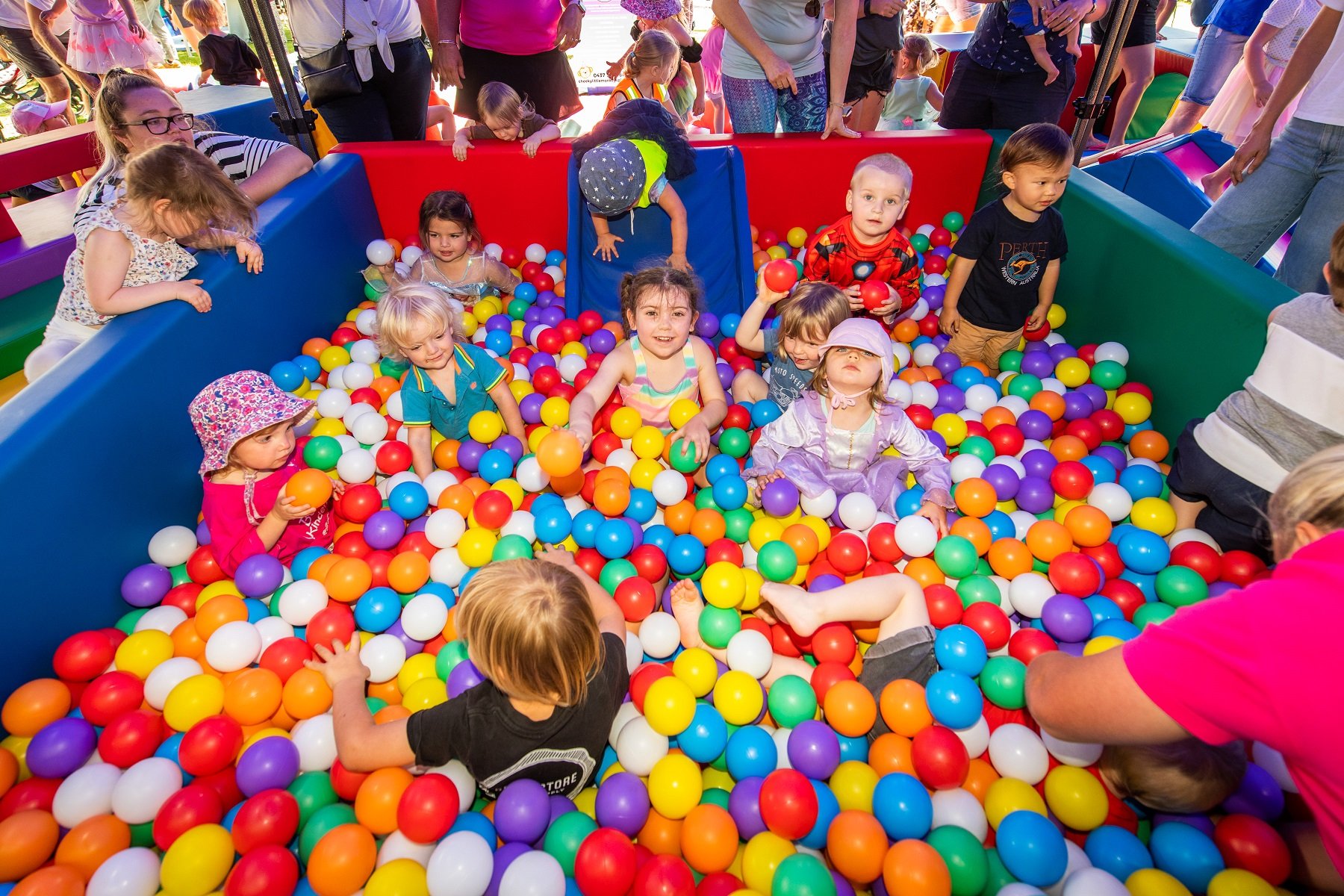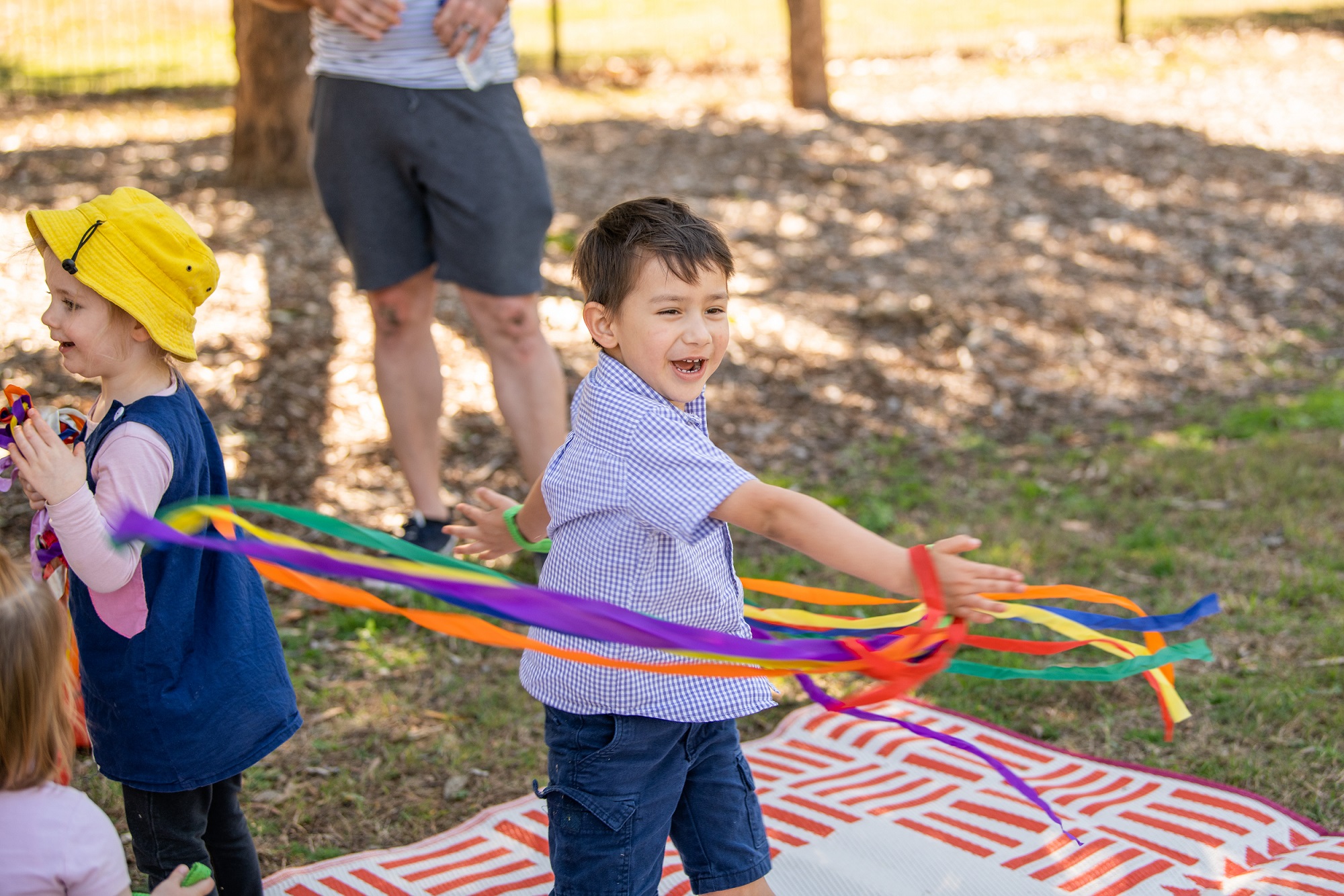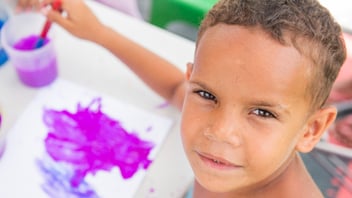.jpg?width=352&name=PLAY%20MATTERS%20(57).jpg)
Making Physical Play Accessible for All Abilities
Blog > Making Physical Play Accessible for All Abilities

Making Physical Play Accessible for All Abilities

Physical play is a key part of a child’s journey throughout their childhood as they grow, learn, develop, and gain a sense of enjoyment through their active exploration. Every child, no matter their ability or interest, engages in some sort of physical play during their childhood as they explore and learn about both the world and themselves (Australia Department of Education, Employment and Workplace Relations [DEEWR], 2009).
Physical play, also known as motor play, “involves exploring movements and ways to combine movements” (Robison et al., 2018, p.15). For example, this includes actions such as running, jumping, climbing, dancing, and other types of movement (Robinson et al., 2018). Through participating in physical play and games, children can increase other key areas of their development such as cognitive and social as they engage in problem-solving, critical thinking, and social interactions with friends.

Understanding how children of all ages have different ranges of abilities allows both early childhood educators and families to effectively promote and implement physical play within a child’s environment. This makes physical play accessible for children of all abilities to positively engage and explore key learning and development.
It is important to note that certain types of equipment are not only helpful but necessary as children have specific physical development levels. For example, children with disabilities need to be represented within the environment and materials for physical play to make it accessible for them (Cologon, 2014).
Additionally, providing children with a range of materials allows for of all ages and abilities to effectively accessible engagement with physical play as they provide manipulation of its uses (Underwood, 2014).
How to Make Physical Play Accessible for All Abilities
Families and early childhood educators can cater for different abilities in physical play by providing open-ended materials and ensuring an adequate layout of the play environment (Cologon, 2014).
Open-ended Materials
Open-ended materials are materials that are not allocated for one specific use or purpose. Examples include:
- Using cardboard boxes to create cars to “drive” around in
- Cutting recycled cloth to create lily pads for children to jump between
- Hula hoops can be used to jump into, throw objects into, and twirl around.
- ‘Loose parts’ such as wooden panels and wooden logs. This allows children to create their own structures and obstacles to their abilities.
Play Environment Layout
To ensure accessibility of physical play for children of all abilities, it’s important to consider the arrangement of the overall play environment (Trawick-Smith, 2014). As children actively engage in physical play numerous times throughout their day, the preparation of the play environment, specifically for physical play due to the space needed, is a “powerful tool for support and enhancing children’s play” (Doctoroff, 2001).
Creating an environment for positive participation in physical play is a key factor in making physical play accessible for children of all abilities. For example, children with disabilities need to be provided with the space needed to accommodate support equipment (Trawick-Smith, 2014).
- Provide children with adequate space to engage in physical play.
- Large objects are placed either placed out of the way or with adequate space to easily navigate around them.
- Small materials are placed in boxes to allow space and also easy access. - The layout of the environment needs to be developmentally appropriate for children's abilities.
- Allow children who are able to run and jump the space to do so with open spaces.
- Provide infants with larger objects that provide the opportunity to pull themselves up to a standing position and explore climbing.

How Can This Help Child Development?
Modifying materials and equipment to meet individual motor play needs is associated with a wide range of developmental benefits (Trawick-Smith, 2014). As physical play is made accessible for children with all abilities, children can engage in open exploration in an environment that is inclusive of their abilities and interests (DEEWR, 2009). This fosters greater development and learning as children engage in this play within their level of comfort in relation to their abilities and grow through their own experiences and interactions during physical play. Thus, increasing their ability and accessing new skills and areas of physical play exploration.

*Written by Kate Quinnell, Bachelor of Education (Early Years) Student from the University of Woollongong while on placement with Play Matters Australia.
References
Australia Department of Education, Employment and Workplace Relations (DEEWR).
(2009). Belonging, being & becoming: The early years learning framework for Australia.
Cologon, K. (2014). Inclusive Education in The Early Years. Oxford University Press.
Doctoroff, S. (2001). Adapting the Physical Environment to Meet the Needs of All
Young Children for Play. Early Childhood Education Journal, 29(2), 105-109. Retrieved from http://accounts.smccd.edu/franciscoe/ece260/Adapting.pdf
Robison, C., Treasure, T., O’Connor, D., Neylon, G., Harrison, C., & Wynne, S. (2018).
Learning through play. Oxford University Press.
Trawick-Smith, J. (2014). The Physical Play and Motor Development of Young
Children: A Review of Literature and Implications of Practice. The Centre for Early Childhood Education, Eastern Connecticut State University. Retrieved from http://www.shuiguodaixiao.com/center-for-early-childhood-education/about-us/publications-documents/benefits-of-play-lit-review.pdf
Underwood, K. (2014). Everyone is Welcomed: Inclusive Early Childhood Education
and Care. Ministry of Education. Retrieved from https://www.researchgate.net/publication/268745746_Everyone_Is_Welcome_Inclusive_Early_Childhood_Education_and_Care
Find a play experience near you:
Subscribe to our newsletter >
Related content:
Advertisement:
.jpg)








